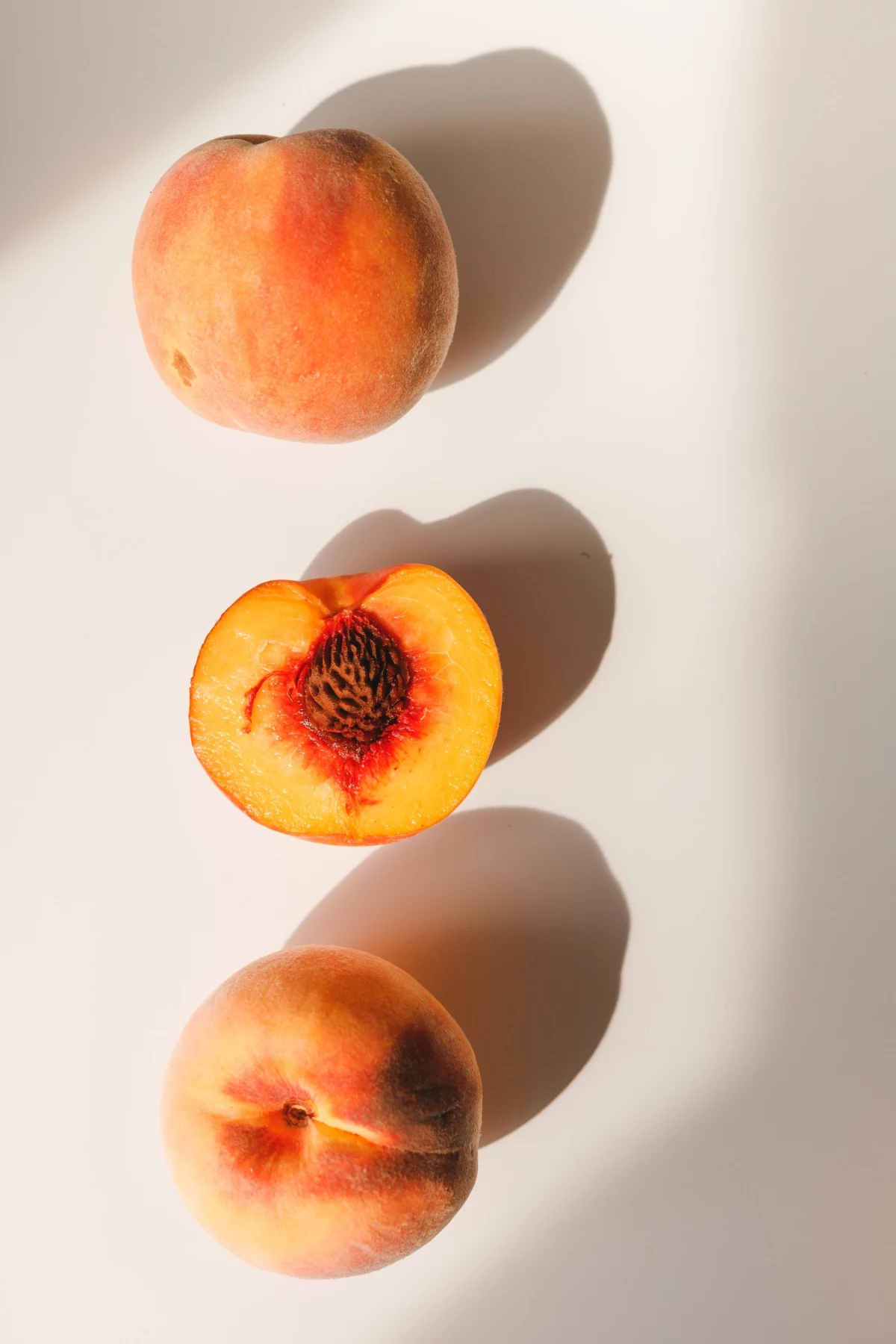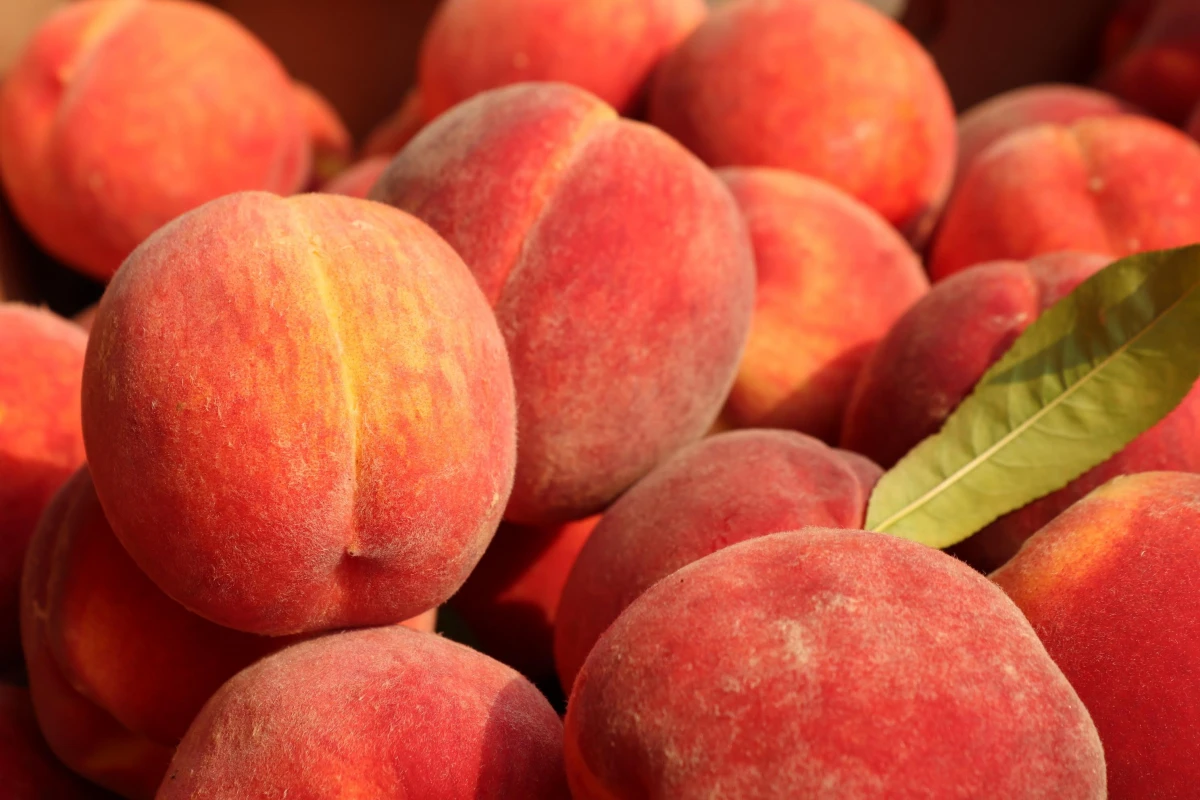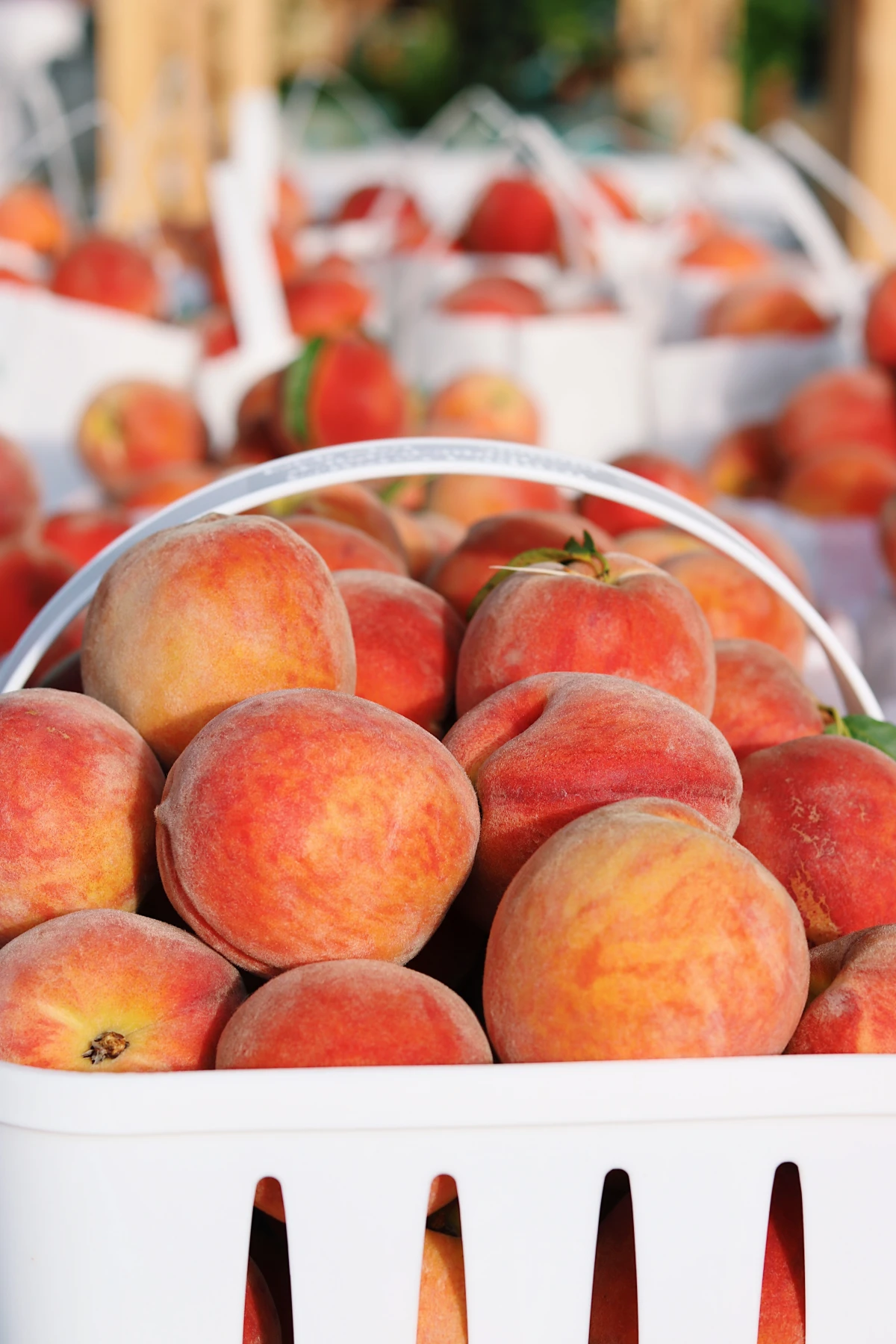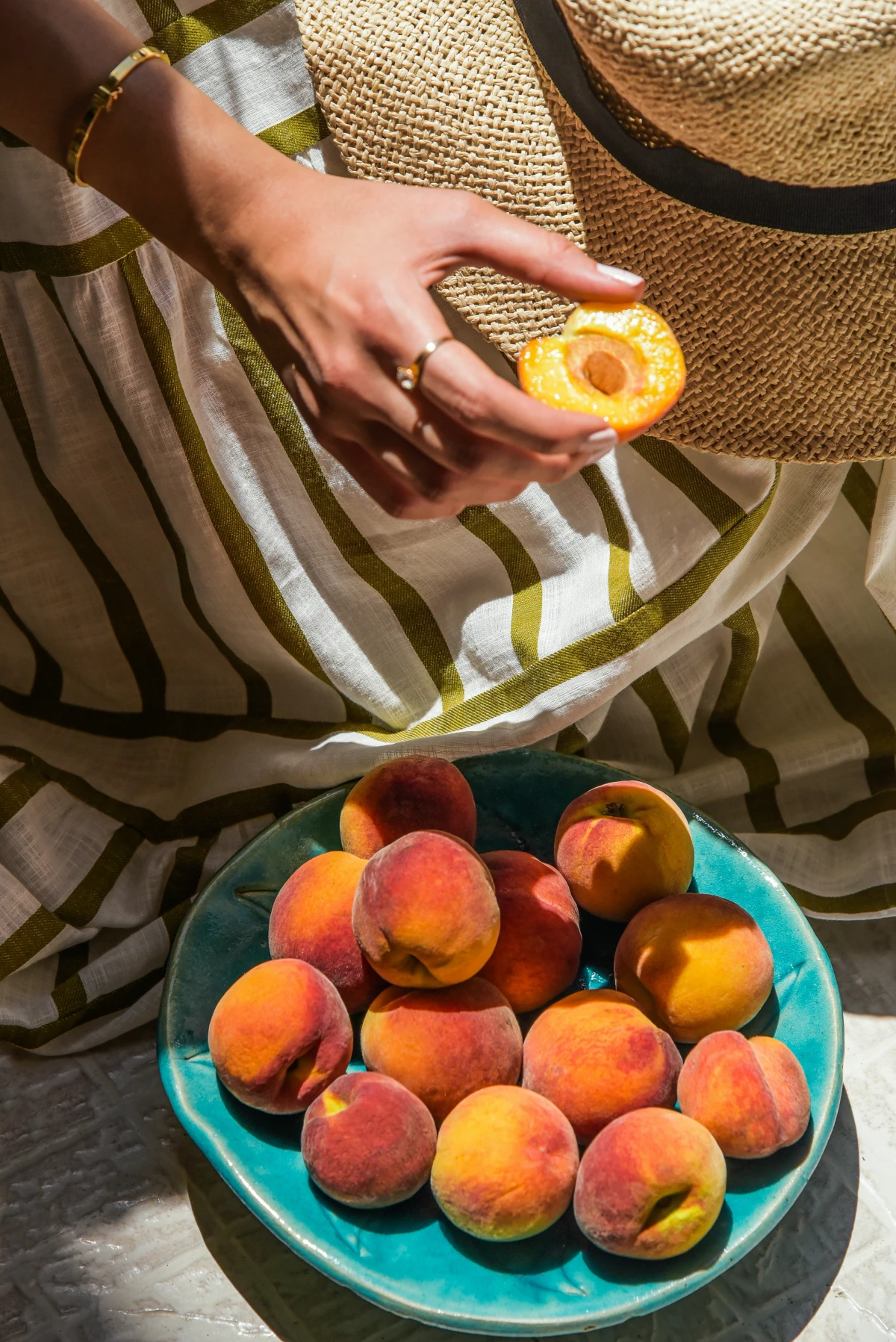Forget Ice Cream: Here’s How to Make Amazing Shaved Fruit at Home
Over my time in professional kitchens, I’ve seen a ton of food trends. Most of them disappear as quickly as they show up, but every now and then, something truly special sticks around. The whole craze around shaving frozen fruit? It’s definitely one of the good ones.
In this article
While it might look like a new-fangled social media thing, it’s really just a super simple, home-friendly take on classic frozen desserts from around the world. It’s a technique more than a recipe, and once you get the hang of it, you can unlock a world of creative, refreshing treats.
Funny enough, my first time trying this wasn’t from a video, but from a moment of pure panic in a hot restaurant kitchen. We had a case of mangoes that were ripening way too fast. We pureed and froze them, but the texture was off for sorbet. On a whim, I grabbed a frozen block and ran it across a microplane. What came off was this incredible, fluffy snow that was bursting with pure mango flavor and melted the second it hit your tongue. That’s the secret sauce right there: shaving a solid piece of fruit preserves its pure, intense flavor in a totally new way.

So, this guide is everything I’ve learned. We’re going to dive into why it works, how to pick the best fruit, and exactly how to turn it into a perfect bowl of shaved deliciousness.
The ‘Why’ Behind the Magic (The Science Bit)
Okay, stick with me here. Understanding a little bit of the science is the key to mastering this. It’s not magic, it’s just how food works, and knowing the ‘why’ will help you troubleshoot and get creative.
It’s All About Ice Crystals
When you make regular shaved ice, you’re just shaving a block of plain old frozen water. But a peach? That’s a whole different ballgame. You’re freezing a complex mix of water, sugar, and fiber. The water inside the fruit’s cells freezes into super tiny ice crystals, and the fruit’s natural structure holds it all together. So when you shave it, you’re not just getting ice flakes; you’re shearing off delicate layers of frozen pulp, fiber, and ice all at once. This is why the texture is so much softer and fluffier than a snow cone.

Sugar is Your Best Friend
In the pastry world, we get nerdy about measuring sugar content (we call it Brix). You don’t need any fancy tools at home, but the concept is super important. Sugar is basically a natural antifreeze. It lowers the freezing point of water, meaning fruit with more sugar will be softer when frozen. A perfectly ripe, sweet peach shaves into beautiful, soft ribbons. An underripe, starchy one? It’s got less sugar and more water, so it freezes harder and shatters into icy shards. Honestly, choosing ripe, sweet fruit is the most important step for getting that perfect texture.
Heads up! Got some fruit that’s a little underripe? No problem. Just toss the cut fruit with a tablespoon of sugar or a drizzle of honey. Let it sit for about 20 minutes before you pop it in the freezer. This little trick boosts the sweetness and dramatically improves the final texture.

Why Some Fruits Turn Brown (and How to Stop It)
You know how apples and pears can turn brown after you cut them? That’s just a natural enzyme reacting with oxygen. It’s less of a problem with peaches and berries, but if you’re experimenting with other fruits, here’s a quick fix. Just dip the cut pieces in a bowl of water with a squeeze of lemon juice before freezing. For most fruits, though, just getting them into the freezer quickly is enough to prevent any serious browning.
Setting Yourself Up for Success (Prep is Everything!)
Great results come from great prep. It all comes down to three things: picking good fruit, freezing it the right way, and using the right tool. Let’s break it down.
Part 1: Choosing Your Fruit
You can’t fake this part—this technique brings out the pure essence of the fruit, so starting with mediocre stuff will give you mediocre results. Peaches are a great place to start. Look for freestone varieties, which are common in the middle of summer. Their pits pop right out, making life so much easier than with clingstone types. A perfect peach should smell sweet and have a little give when you press it near the stem.

But don’t just stop at peaches! This works wonders with other fruits too:
- Mangoes: These are amazing. Just peel them, slice the ‘cheeks’ off the central pit, and freeze the large, flat pieces.
- Bananas: For a creamy, almost ice-cream-like result, just peel a ripe banana and freeze it whole. You can hold the end and grate it directly.
- Strawberries: These are super easy. Just wash, hull them (remove the green tops), and freeze them whole. Their small size makes them easy to handle.
Part 2: The Freezing Method
How you freeze the fruit is just as important as the fruit itself. Here’s a pro-tip from my restaurant days. Line a baking sheet with parchment paper, place your fruit on it in a single layer (cut side down for peach halves), and make sure nothing is touching. Slide the whole tray into the freezer. This method freezes the fruit quickly and stops it from clumping into one giant, unusable brick. Once the pieces are rock solid, you can toss them into a freezer bag for easy storage.
And be patient! You need the fruit to be completely frozen solid. Give it at least 6 hours, but honestly, overnight is your best bet.
The Fun Part: How to Actually Shave the Fruit
Alright, you’ve done the prep, and now it’s time for the magic. This is where your frozen fruit becomes a dessert.
First, The Tools.
The tool you use makes a big difference. A microplane is absolutely your best friend here. It has tiny, sharp holes that create that signature fluffy, snowy texture. You can grab a good one for between $15 and $20 at places like Target, HomeGoods, or online. If you only have a box grater, use the side with the smallest holes. The texture will be a bit flakier and less snowy, but it will still be delicious!
Now, The Technique.
Quick pro-tip: This stuff melts FAST. Before you even start, pop your serving bowls in the freezer for 15 minutes. This will buy you precious time to enjoy your creation before it turns into a puddle.
Okay, here we go. Grab a piece of frozen fruit. A word of warning: a frozen peach half or mango slice is hard and can be slippery! To save your knuckles (and trust me on this), I highly recommend wearing a protective glove or simply holding the fruit with a clean kitchen towel. It gives you a much better grip and some peace of mind.
Hold the chilled bowl below and grate the fruit directly into it, moving it back and forth over the microplane. You’ll see it transform into delicate, colorful ribbons. Keep going until you have a nice fluffy pile.
Troubleshooting & Quick Fixes
Sometimes things don’t go perfectly. No worries, here are the most common issues and how to solve them.
- “My fruit is just shattering into dust!” This is a classic. It just means the fruit is a little too cold and brittle. The fix is easy: just let the fruit sit on the counter for 2-5 minutes to temper. It will soften just enough to shave into perfect ribbons instead of shattering.
- “It tastes kind of bland.” This goes back to the fruit selection. But if you’re stuck with less-than-sweet fruit, a drizzle of honey, maple syrup, or sweetened condensed milk on top can save the day.
- “It melted before I could even eat it!” The pre-chilled bowl is your first line of defense! Also, serve it immediately. This isn’t a make-ahead dessert; it’s an in-the-moment treat.
Let’s Get Creative: Toppings & Pairings
The shaved fruit is amazing on its own, but the real fun is in the toppings. Think of it as a blank canvas.
A drizzle of sweetened condensed milk is a classic for a reason—it adds sweetness and a creamy texture that’s just perfect. A little bit of honey or maple syrup is also fantastic. For something a bit more sophisticated, try a squeeze of fresh lime juice and a sprinkle of flaky sea salt. It really makes the fruit flavor pop.
Some of my favorite combinations?
- Shaved Peach: Top with fresh basil and a drizzle of high-quality balsamic glaze.
- Shaved Mango: A squeeze of lime and a dash of Tajín or chili powder is a game-changer.
- Shaved Strawberry: Drizzle with chocolate sauce and top with fresh mint leaves.
- Shaved Banana: A spoonful of peanut butter and a sprinkle of chopped nuts. Delicious.
And there you have it. It’s simple, healthy-ish, and endlessly customizable. Go grab some fruit and give it a try!
Inspirational Gallery
Microplane: Perfect for a fine, snow-like texture. It’s what most home cooks have on hand and works beautifully for small, single servings. The result is delicate and melts instantly.
Japanese-Style Shaver: A dedicated hand-crank machine, like those from brands such as DOSHISHA, creates wider, fluffier ribbons of fruit, similar to traditional Kakigōri. It’s an upgrade for enthusiasts who want that authentic texture.
For a quick treat, your Microplane is great. If you fall in love with the technique, a dedicated shaver is a worthy investment.
- Create stunning visual layers in a clear glass. Start with shaved mango, add a thin layer of shaved raspberry, and top with shaved pineapple.
- Each spoonful offers a different flavor journey, from tropical sweetness to tart berry brightness.
The secret? The different densities of the fruit ices keep the layers surprisingly distinct.
Your fluffy fruit snow is the perfect canvas; the toppings are the masterpiece. Think about contrast. For a creamy counterpoint to the bright fruit, a drizzle of sweetened condensed milk is classic. For texture, sprinkle on toasted coconut flakes, chopped pistachios, or a high-quality granola like Purely Elizabeth for a satisfying crunch.
Shaved ice desserts have been enjoyed for over a thousand years, with origins tracing back to Japan’s Heian period (794-1185), where ice was shaved with a knife and served to aristocracy.
What you’re making at home is a modern, fruit-forward take on ancient desserts like Japanese Kakigōri, Filipino Halo-halo, and Italian Granita. Each culture has its own spin, but the core idea is the same: turning ice into a refreshing, delicate treat.
Can you use any fruit, or are some better than others?
High-water, high-fiber fruits are your best friends—think melons, peaches, mangoes, and kiwis. Their structure creates the perfect delicate ice crystals for shaving. Conversely, low-water, high-starch fruits like bananas freeze into a dense, gummy block that is difficult to shave and results in a pasty texture. Stick to the juicy stuff for the fluffiest results!
Elevate your creation by blending flavors before freezing. A simple puree is all it takes to unlock a world of possibilities.
- Tropical Escape: Blend pineapple with a splash of full-fat coconut milk and a squeeze of lime.
- Herbaceous Surprise: Puree fresh strawberries with a few basil leaves for a sophisticated twist.
- Ultimate Refresher: A simple blend of watermelon and fresh mint is pure summer in a bowl.
Don’t get discouraged by freezer burn: Pressing plastic wrap directly onto the surface of your fruit puree before freezing is the single best trick to prevent it. This simple step eliminates air contact, stopping the large, un-shaveable ice crystals from forming on top and ensuring your block is perfect from edge to edge.
- Use silicone molds for your fruit blocks. Large ice cube trays or even muffin tins are perfect, as the flexible material makes it incredibly easy to pop the frozen block out without a struggle.
- Let your frozen block sit on the counter for 5-10 minutes before shaving. A rock-solid block is brittle; a slightly tempered one will produce longer, more beautiful ribbons.
- If a fruit seems too fibrous, like some pineapple varieties, pass the puree through a fine-mesh sieve before freezing for a smoother final texture.
According to a 2021 study, the natural sugars in fruit, known as fructose, have a lower glycemic index than refined sugars, leading to a slower, more stable rise in blood sugar levels.
This is what makes shaved fruit feel so refreshing and light. Unlike ice cream loaded with added sucrose, this dessert relies on the fruit’s inherent sweetness. It provides that satisfying sweet taste without the heavy feeling or subsequent sugar crash, making it an ideal treat.










